Delhi’s air quality sharply declined on Thursday, with the Air Quality Index (AQI) reaching 400, teetering on the brink of the ‘severe’ category. This drop is attributed to a persistent toxic haze caused
by low wind speeds and decreasing temperatures that trapped pollutants, according to the Central Pollution Control Board (CPCB).
Data from the CPCB’s Sameer app indicated Wazirpur as the most affected area with an AQI of 477, placing it firmly in the ‘severe’ category. In contrast, Lodhi Road recorded the lowest AQI among 39 monitoring stations with a reading of 269, categorising it as ‘poor’, as per CPCB data.
The CPCB standards classify AQI levels as follows: 0-50 is ‘good’, 51-100 ‘satisfactory’, 101-200 ‘moderate’, 201-300 ‘poor’, 301-400 ‘very poor’, and 401-500 ‘severe’.
Several pollution hotspots, including Anand Vihar (427), RK Puram (424), Punjabi Bagh (441), Mundka (441), Jahangirpuri (453), Burari Crossing (410), and Bawana (443), reported ‘severe’ air quality levels.
The air quality is expected to worsen further, possibly slipping into the ‘severe’ category in the coming days, remaining within the ‘very poor’ to ‘severe’ range for the next six days, according to the Ministry of Earth Sciences’ Air Quality Early Warning System.
The Indian Institute of Tropical Meteorology, Pune’s Decision Support System, estimated that vehicular emissions contributed 18 per cent to Delhi’s pollution on Wednesday, while stubble burning accounted for 3.8 per cent. For Thursday, these contributions are projected at 16.1 per cent and 2 per cent, respectively.
In the National Capital Region (NCR), Ghaziabad was the most polluted city with an AQI of 427, placing it in the ‘severe’ category, according to CPCB data. Neighbouring Noida also had a reading of 408 (‘severe’), while Greater Noida (395) experienced ‘very poor’ air quality levels.
Faridabad recorded the lowest AQI among NCR cities with a reading of 266, classified as ‘poor’, while Gurugram had an AQI of 302, categorised as ‘very poor’, according to CPCB.
On Wednesday, the Supreme Court acknowledged the worsening air pollution in the capital, noting that allowing sports activities during November and December “amounted to putting school children in a gas chamber.”
Meanwhile, the top court has also approved significant revisions to the Graded Response Action Plan (GRAP) for the National Capital Region, enabling stricter pollution-control measures. The changes, proposed by the Commission for Air Quality Management (CAQM), come as toxic winter air in Delhi shows no improvement.
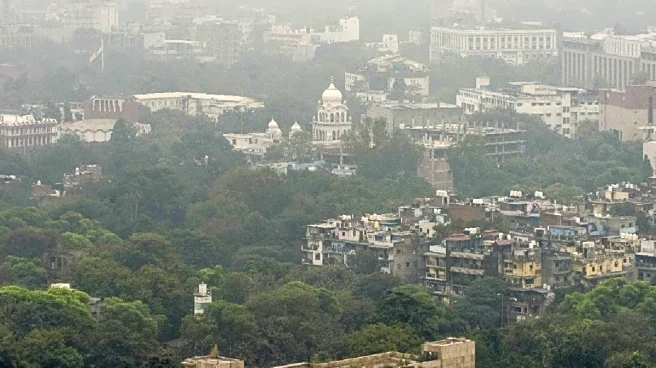


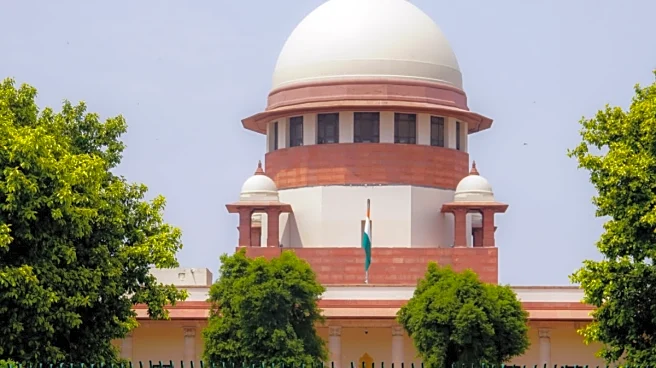

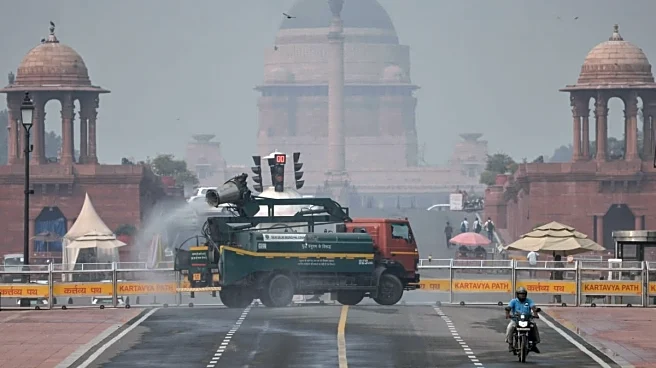

/images/ppid_59c68470-image-176344505501710856.webp)


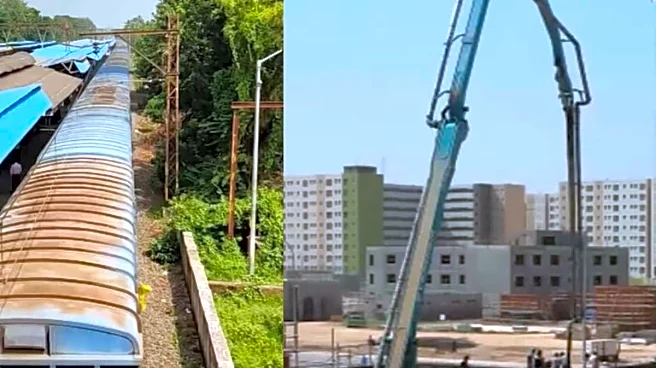
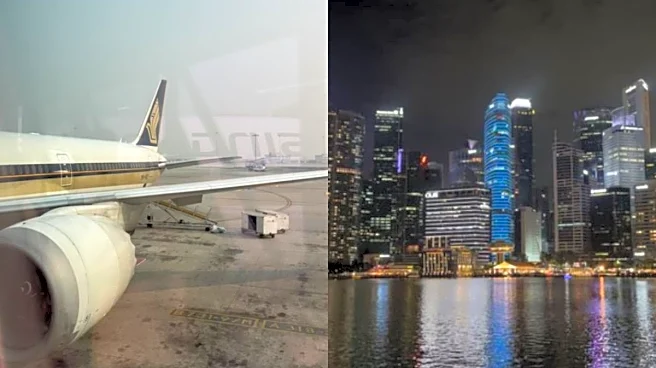
/images/ppid_a911dc6a-image-176336532309446093.webp)
